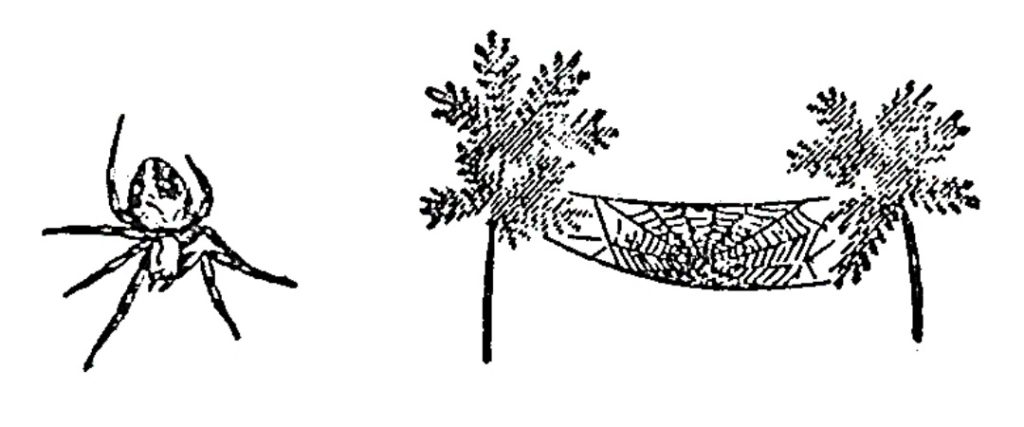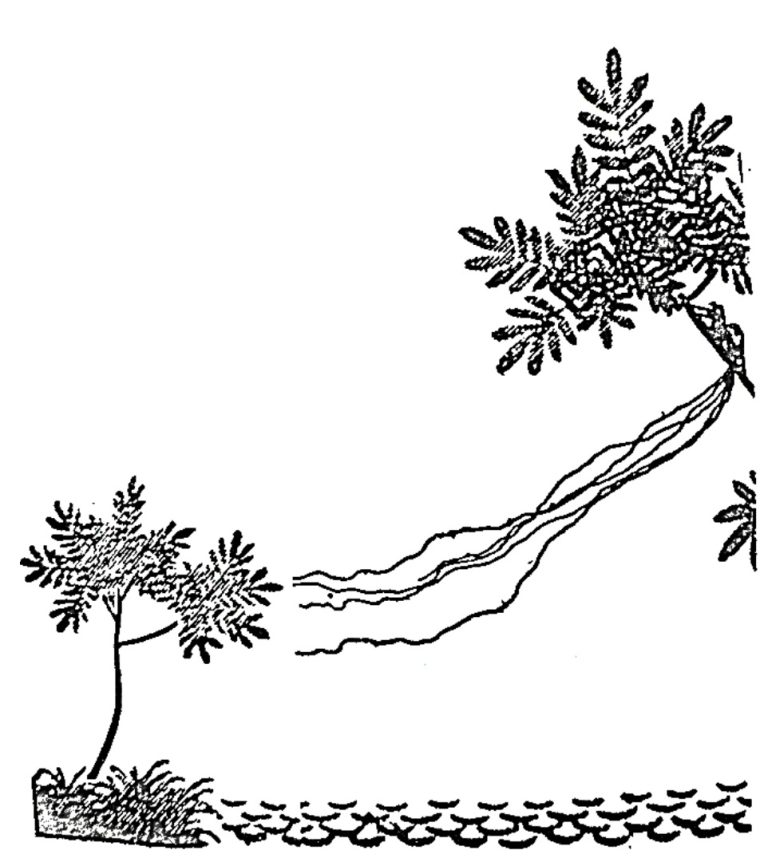When you see a spider web stretched between trees on both sides of a river or between two distant corners of a house, you must wonder how the web is constructed. Since spiders cannot swim, how do they set up these “airborne fishing nets”?
At the end of a spider’s abdomen, there are several pairs of “spinnerets”. Spider silk is emitted from small holes in these spinnerets.
The composition of spider silk is protein, similar to silk produced by silkworms. When it first flows out, it is a sticky “glue”, but upon contact with air, it immediately hardens into silk.
Just as people need to build a bridge to cross a river, when a spider needs to reach an unreachable place, it constructs a “sky bridge”.
Building a sky bridge is quite interesting. The spider extends several long silk threads from its anchor point, long enough to reach the other side, and these threads float in the wind like transparent ribbons. It constantly touches the anchoring points of the silk threads with its legs.
Suddenly, it senses that one of the threads cannot be pulled anymore. It turns out that one end of the flying silk has been blown to the other side and entangled with a tree branch or something else – the suspension bridge has been built.
Just like the main beam of a house needs to be thicker, it then repeatedly attaches several threads to the support line designated as the spider web, making it into a thick “cable”.
Then, another cable is horizontally built below this thick cable. The spider web is woven between these two thick cables.


